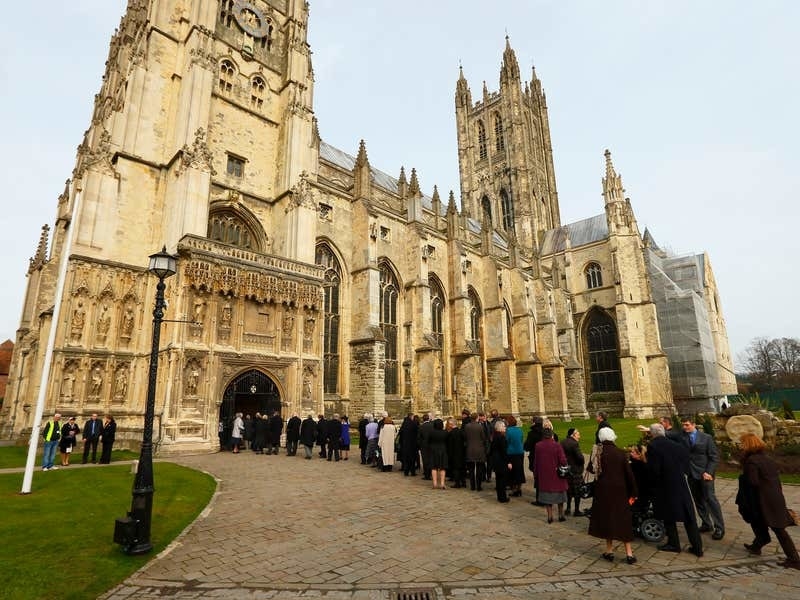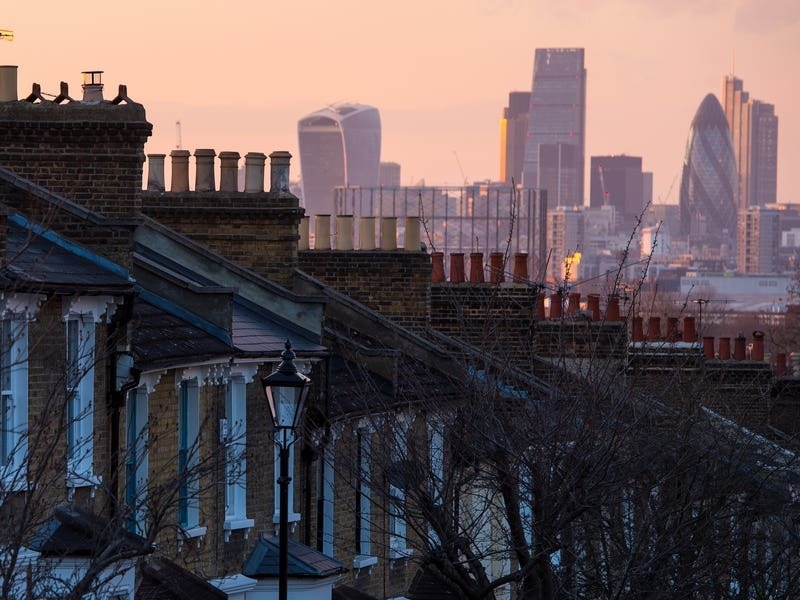Nicholas Romeril has been selected from a shortlist of four British artists who applied last year for the opportunity to join the crew of HMS Protector on its Antarctic summer tour of duty sailing from the Falklands Islands.
‘I am very excited by the prospects of this new adventure,’ he said. ‘In October I applied to be the artist in residence with the Association of Friends of the Scott Polar Research Institute to travel and work in the Antarctic with the Royal Navy and through Bonhams [auction house in London],’ he said.
‘I am very privileged to have been awarded this honour. At the end of January I will be travelling, with a change of crew, from the UK via the Ascension Islands to the Falklands where I will board HMS Protector to begin my artist in residency.’
Mr Romeril is one of the Island’s best known artists and sculptors with a wide portfolio ranging from the Jersey cows etched on stainless steel panels that grace the façade of the Jersey Dairy to local sea- and dunescapes as well as capturing Swiss mountains and Alpine landscapes on canvas. He has exhibited extensively in Jersey and also in London, Switzerland, the United States and France.
HMS Protector is the Royal Navy’s ice patrol ship and is deployed on operations for 330 days a year in the UK’s largest overseas territory – the British Antarctic. She recently took part in the multi-national efforts to find the missing Argentinian submarine, ARA San Juan.
‘I will spend five to six weeks travelling around the Antarctic creating studies, drawings and photographs,’ he said.
‘On my return I will develop the research material into several exhibitions. Over the next two years, the work will be shown in London, Switzerland and hopefully Jersey – if I can find a venue.’
The Scott Polar Research Institute was founded in 1920, as part of the geography department of Cambridge University, in the memory of Captain Robert Falcon Scott and his four companions who died returning from an expedition to the South Pole in 1912. Today, the institute is a centre for research into the polar regions and glaciology worldwide.
It is supported by an association of friends, which provide assistance to all aspects of the its work, including organising placements for artists on HMS Protector and other Polar vessels.






